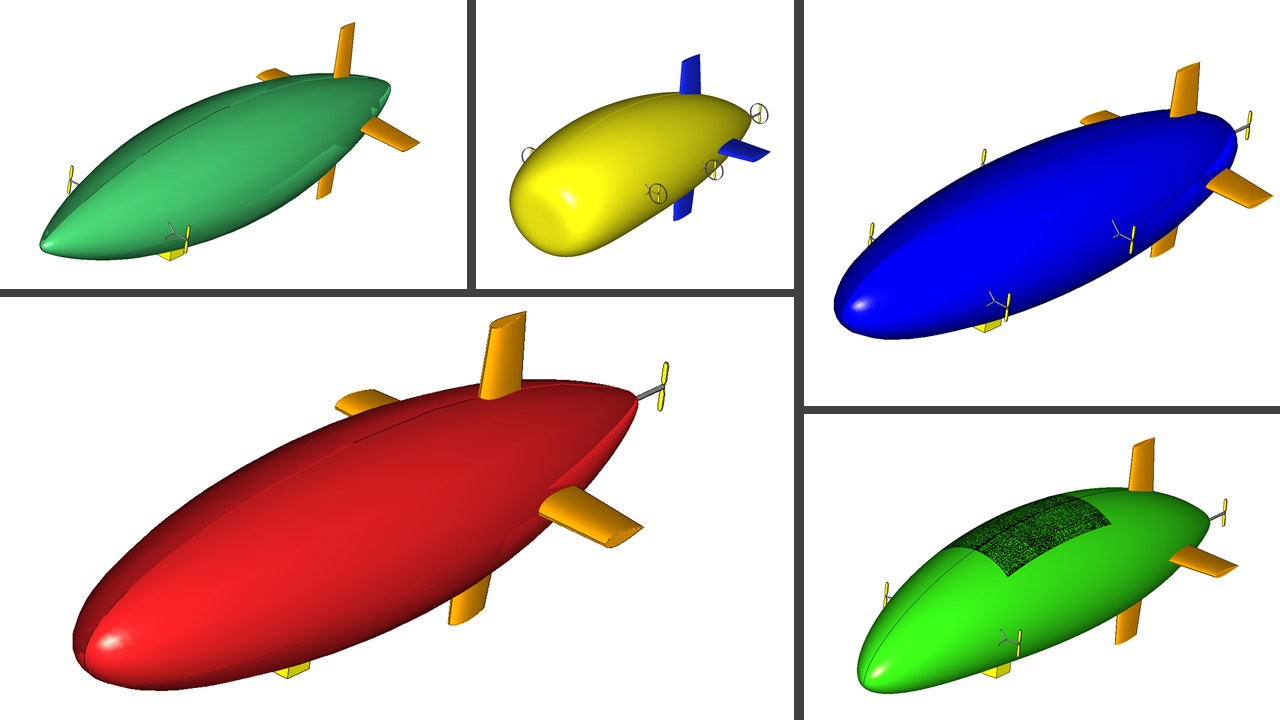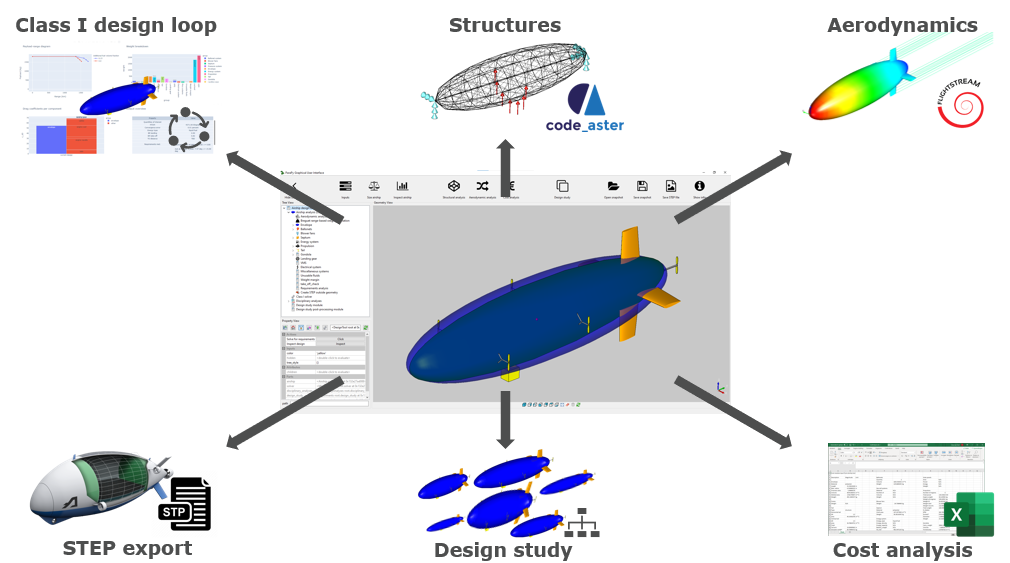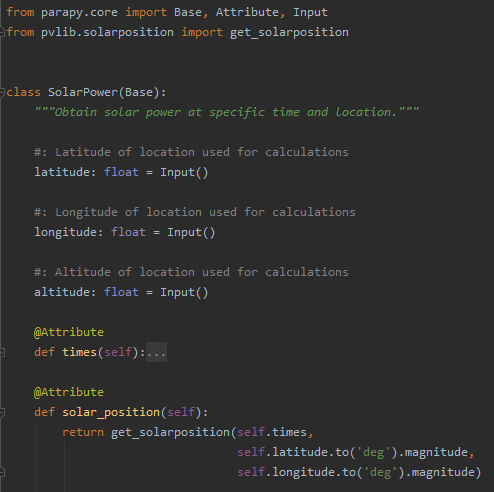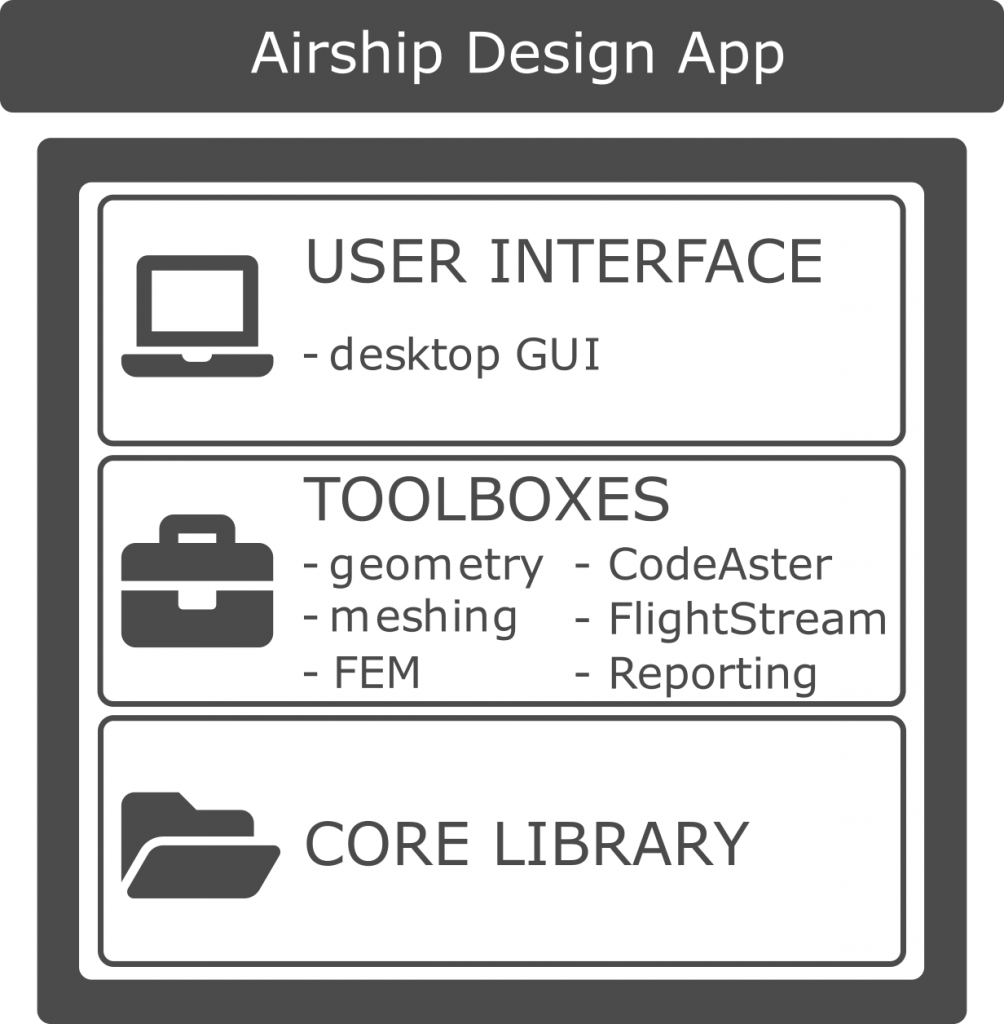Opportunity
Elemental is a start-up that aims to develop a zero-emission transport ecosystem through sustainable airships. To design these airships, Elemental initially developed an application to perform airship sizing based on top-level requirements. This initial sizing loop was based on a combination of empirical relations and handbook methods. However, the designers at Elemental have come up with innovative airship configurations that are beyond the traditional methods. Hence, there was a need to bring simulation-driven design to the concept phase and iterate quickly. And that is exactly what our ParaPy platform has to offer.

Objectives
In order to increase the level of fidelity of the airship design, initial focus was put on the structural and aerodynamic analyses. These disciplinary analyses had to strike a balance between computation time and precision, as the airship design is still in the conceptual phase. Therefore, a beam model analysis was targeted for the structural analysis of the airship’s frame. Concerning aerodynamics, a panel method with boundary layer model would compromise computation time and precision in the aerodynamic field.
Other objectives of the development plan included:
- Addition of solar panels, rigid structure (as opposed to a blimp / pressurized one), payload-range analysis, and automatic tail positioning algorithms.
- Fully parametric airship model to perform design studies.
- Provide input for other analyses and tasks, such as:
– an Excel sheet containing model inputs for cost estimation,
– STEP file of the geometry as starting point for high-quality renders.
The picture below depicts an overview of the envisioned airship design tool capabilities. The ParaPy application is the central hub from which all disciplines are controlled or obtain their input. This makes the parametric airship model a convenient single source of truth for all designers.

Solution
In a joint development project of eight weeks the envisioned modelling and analysis capabilities of the airship design app were developed. The video below showcases the app’s current capabilities in five minutes:
How were all these design and analysis capabilities integrated in one application in only eight weeks? The ParaPy platform offers an excellent starting point for the creation of apps like this and makes coupling different disciplinary analyses from other platforms a breeze. Below we highlight how three of the app’s capabilities take full advantage of what our platform has to offer.
Aerodynamic analysis
The aerodynamic analysis is done with FlightStream, a vorticity-based flow solver. This is where the power of ParaPy to integrate with simulation software comes forward, as it offers unprecedented control to automate the input for the solver, especially with regards to the mesh:

- Split geometry: The geometry is split in separate regions that require detailed meshing controls.
- Mesh controls: Controls are applied to specific edges in the split geometry and on certain surfaces.
– Edge control example: higher point density toward the leading edge of an airfoil.
– Surface control example: use triangular elements in the hull area around the tails. - Mesh: with the right splitting and mesh control assignments in place a surface mesh is now created fully automatically for all possible airship shapes and sizes.
- Solver script: ParaPy’s FlightStream toolbox will write a script file that includes the mesh, flow properties, solver settings, etc.
- Run: The FlightStream solver is executed from the application. This can be done with or without the FlightStream user interface.
- Results: Analysis results of the FlightStream run are read into the ParaPy design application for post-processing and further analysis.
Structural analysis

The structural analysis concerns the frame of the airship, which is built up from beams and pretensioned cables. The geometry library is used to obtain a parametric frame model based on the double-curved shape of the airship’s hull. This frame geometry is translated into a FEM-compatible counterpart using our meshing and FEM libraries. The structural analyses for stresses and displacements is performed with the open-source Code Aster solver. Our Code Aster toolbox is used to run the solver behind the scenes and read out the results (stresses and displacements) which are then visualized in the application.
Solar panels
As the ParaPy platform is Python-based, it is very straightforward to include other Python modules and libraries as well. This benefit came forward very strongly in the solar panel module, where both an atmospheric and solar model were required to correctly estimate the available power throughout the day. These models were available with the open-source Python package pvlib and saved a tremendous amount of time. Why develop everything from scratch, when a rich Python environment full of engineering packages and libraries is at your disposal? The pvlib library was used to develop a Solar Power module as a ParaPy class conveniently mixing the ParaPy core library with an existing package. A small code excerpt:

All in all, the following toolboxes from the ParaPy platform have been used to develop the application:

Impact
This new version brings Elemental’s goal to design and construct sustainable airships one step closer and will help their designers to make better informed decisions in the future. With high-fidelity structural and aerodynamic analysis included, the current application paves the road for subsequent analyses such as flight performance and stability & control. The app will be used to perform design studies on different airship mission concepts and the analysis results will be compared against experimental data from Elemental’s flight tests.
Curious to learn more about how ParaPy might impact your organization’s design and engineering process? Don’t hesitate to contact us.

